Aromatherapy, the therapeutic use of essential oils to heal mind, body, and spirit, is one of my favorite things. I love that thousands of my clients have found these powerful, aromatic plants to be key allies in their wellness plans.
One of the challenges most newbies to the world of aromatherapy experience is: how do I use these? Because the learning curve is a bit steep with essential oils I see a recurring theme of misinformed, bizarre, and uneducated advice circulating on the subject of use. As an educator and practitioner I’ve seen some head-scratching advice but when I dig in deep I find that most of it stems from an interest in using the most effective tools for the job.
In the case of the viral social media post on using oils in the belly button I’ve got the impression that a lot of folks want solutions for a variety of health complaints. Like reaching into the medicine cabinet and choosing one pill to relieve pain, inflammation, and help you sleep. Read my thoughts on using essential oils like a drug.
After numerous requests to address the series of copy & paste (C&P) Facebook posts that have been circulating for months on social media on using essential oils in the navel I’ve decided to delve into the questions around validity, anatomical accuracy, and whether or not I think this is a good idea.
Here’s one of the posts in question:
There is a lot going on in this piece so I’m going to try and unpack this as succinctly as I can.
- What’s a Nabhi? [Our Navel (Nabhi), is an amazing gift that our Creator has given us.] In his 1998 book, A Sanskrit-English Dictionary: With References to the Best Edition of Sanskrit Author and Etymologies and Comparisons of Cognate Words Chiefly in Greek, Latin, Gothic, and Anglo-Saxon published by Asian Educational Services, Theodore Benfy offers the following dictionary translation of this Sanskrit word: nābhī (नाभि) 1. The navel, man. 2. The nave of a wheel. I understand there are other meanings for this word in Jainism, Buddhism, Hinduism, and so forth but I think this translation fits best here.
- Did the Navel Come First? [According to science, the first part created after conception is the navel. After it is created, it joins the mother’s placenta through the umbilical cord.] Nope, the navel doesn’t come first. This is what I teach my students in our anatomy and physiology class on pregnancy at four weeks gestation: the blastocyst implants in the uterine lining. It develops a fluid-filled core which will become the yolk sac and will separate the embryonic cells from the placental cells. Y’all, the placenta isn’t developed until week 12-13.
- Is the Navel a Heart Instead? [All our veins are connected to our navel, which makes it the focal point of our body. The belly button is life itself!] Did you know that the veins and arteries in your umbilical cord closed up and turned into soft tissue ligaments after you were born?
- Is There a Pechoti Gland? [The “Pechoti” is behind the navel, which has more than 72,000 veins.] There isn’t one that modern anatomy recognizes.
- Should I try Rubbing Alcohol? [We knew that to lower the temperature to the babies, we put a cotton swab with alcohol in the navel, now we know that with oil, it’s better.] As alcohol evaporates it has a cooling sensation on the skin and this has been passed down as a folk remedy for generations, particularly in poorer, undereducated communities. It is not without its risks.
Are There Benefits to Using Oils in the Navel?
The author repeatedly recommends using vegetable oils (almond, neem, mustard seed, olive, and coconut) in the navel for a variety of health conditions from knee pain to infertility to acne. Lips are chapped? Put some mustard oil in your belly button! Let’s unpack this part in a bit more detail.
In the Ayurvedic tradition there is a long-standing technique of oiling the navel. The navel sits near the Sacral or 2nd Chakra, known as the svadhistana. In Traditional Ayurvedic medicine this is the energetic abode of an individual. We lubricate the belly because this area of the body is associated with the element of water. When this energetic wheel is out of balance there may be lumbar spine discomfort, or imbalance within the uterus or ovaries. Other organs governed by this chakra are the kidneys, ureters, and bladder.
In my practice I like to use herbal fomentations, which are warm compresses made when a cloth is soaked in an herbal liquid and draped over the intended region, castor oil packs, and abdominal self massage to bring warmth, intention, and move stagnated and cold patterns in the abdominopelvic cavity. If a client has a history of ovarian cysts we might include aromatic castor oil packs in her wellness plan alongside her reflexology sessions. If another client is struggling with endometriosis I may instruct her to drape the abdomen with an herbal fomentation between visits to bring pain relief and encourage a reduction in inflammatory responses.
In short, yes, there’s a lot of benefits to lubricating the navel area. With my 23 years of studies, and nearly 16 years of practice do I think putting thyme essential oil in your belly button will sort out your blood pressure? Nope.
A Few Tips for Essential Oil Newbies
Using essential oils where they need to go is always your best bet. Got knee pain? Add 2-3 drops of your selected essential oil to a teaspoon of vegetable oil (coconut, sesame, olive, almond, etc..) and apply it to your knees. Got dry skin? Try making a sugar scrub and apply it to those dry elbows!
In the case of lifestyle diseases like high blood pressure, type 2 diabetes, high cholesterol, colon cancer, premature death, and so on, aromatherapy can be a helpful adjunctive therapy but remember, these are lifestyle diseases and thus you’ll want to use aromatherapy to make lifestyle changes. For example, you could use energizing aromatics like grapefruit and lemon to help nudge you to moving out of a sedentary pattern – a couple drops on the shower wall to wake you up and then get outside for a walk around the block. Another example would be using an Aromastick with sweet aromatics like cacao absolute and peppermint to curb sugar cravings.
Want to learn more about this modality? I run an 8-week online course a few times a year for those who want a nice foundation and to get some ideas on how to harness these powerful aromatic extracts for health and wellness. Join me for the next one and get to know more about the world of essential oils, hydrosols, CO2 extracts, and absolutes!
References:
- Featured image: Genusfotografen (Tomas Gunnarsson), Creative Commons Attribution-Share Alike 4.0 International license.
- Benfey, T. (1998). A Sanskrit-English Dictionary: With References to the Best Edition of Sanskrit Author and Etymologies and Camparisons of Cognate Words Chiefly in Greek, Latin, Gothic, and Anglo-Saxon. Asian Educational Services.
- Dahlen, H. (2017, October 25), I’ve always wondered: what’s behind the belly button?, retrieved from: https://theconversation.com/ive-always-wondered-whats-behind-the-belly-button-84598
- O’Connor, A. (2008, October 6), The Claim: Rubbing Alcohol Can Help Cool a Fever, retrieved from: https://www.nytimes.com/2008/10/07/health/07real.html
- Olawale, O. (2018, August 15), Benefits of Oiling Belly Button (Navel), retrieved from: https://shevdram.blogspot.com/2018/08/benefits-of-oiling-belly-button-navel.html


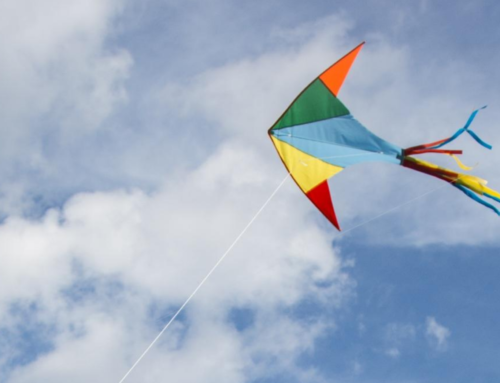
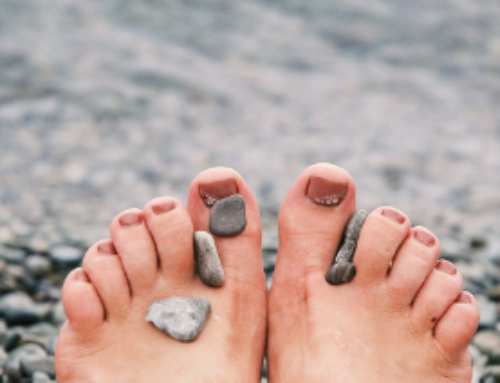
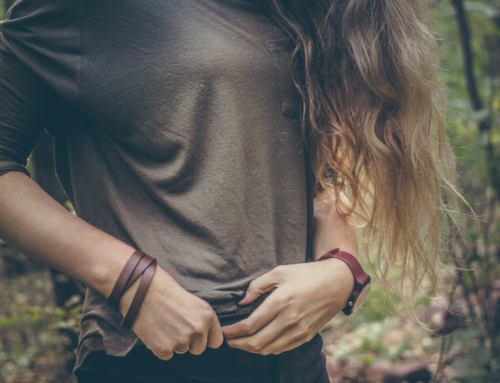

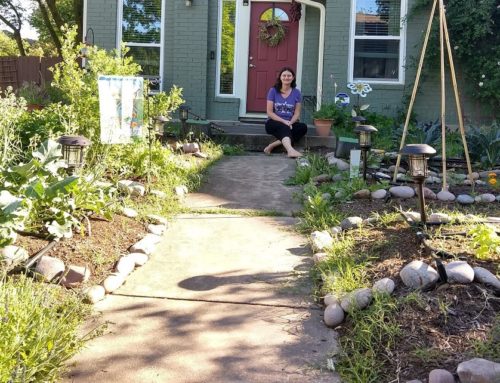

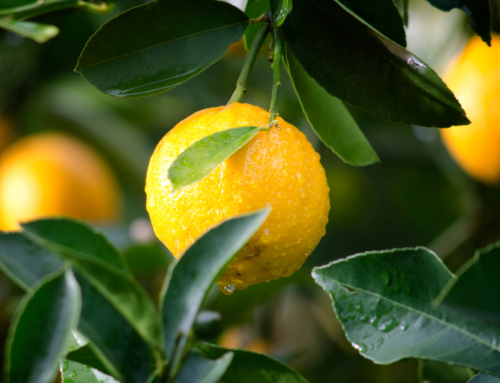
Leave a Reply